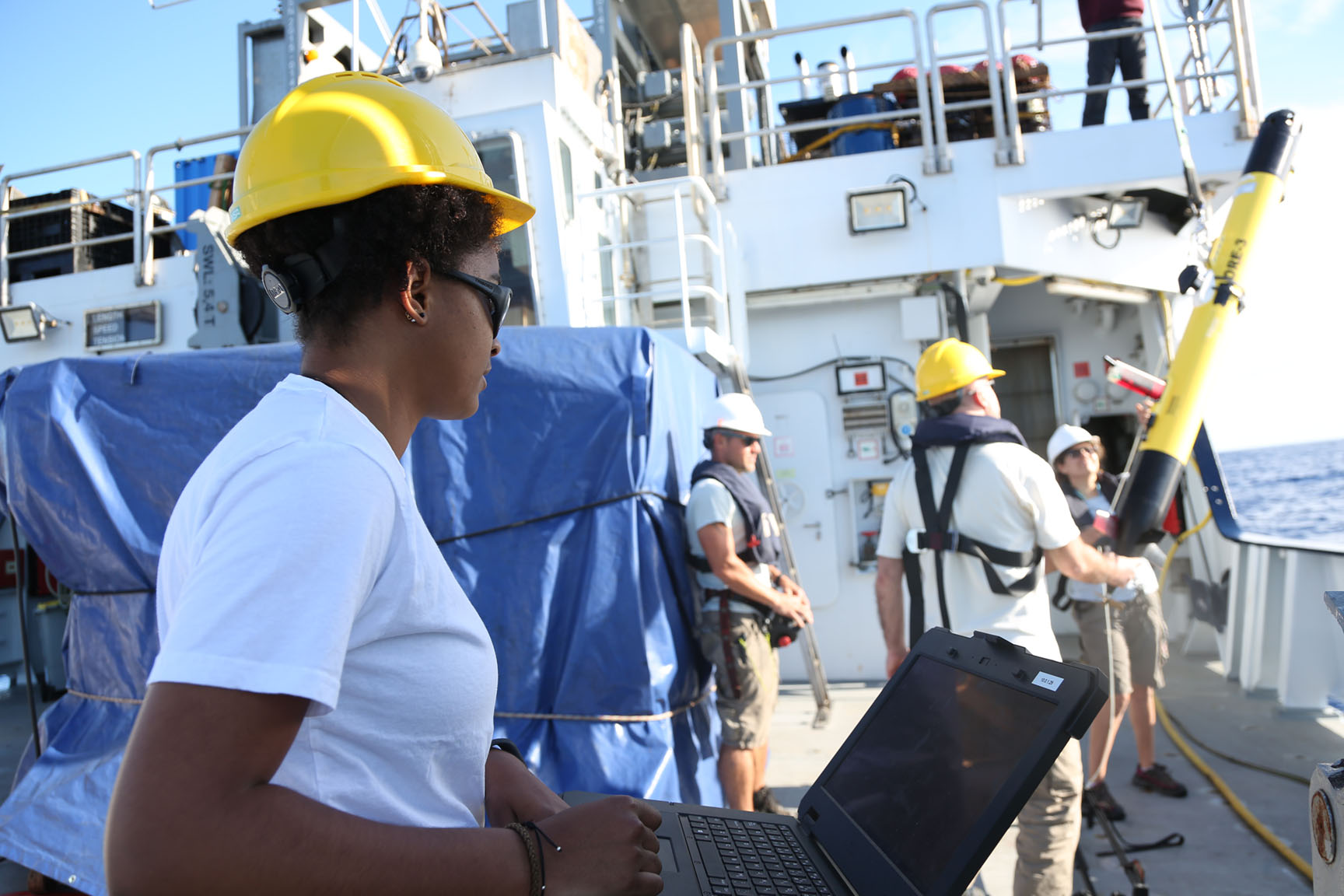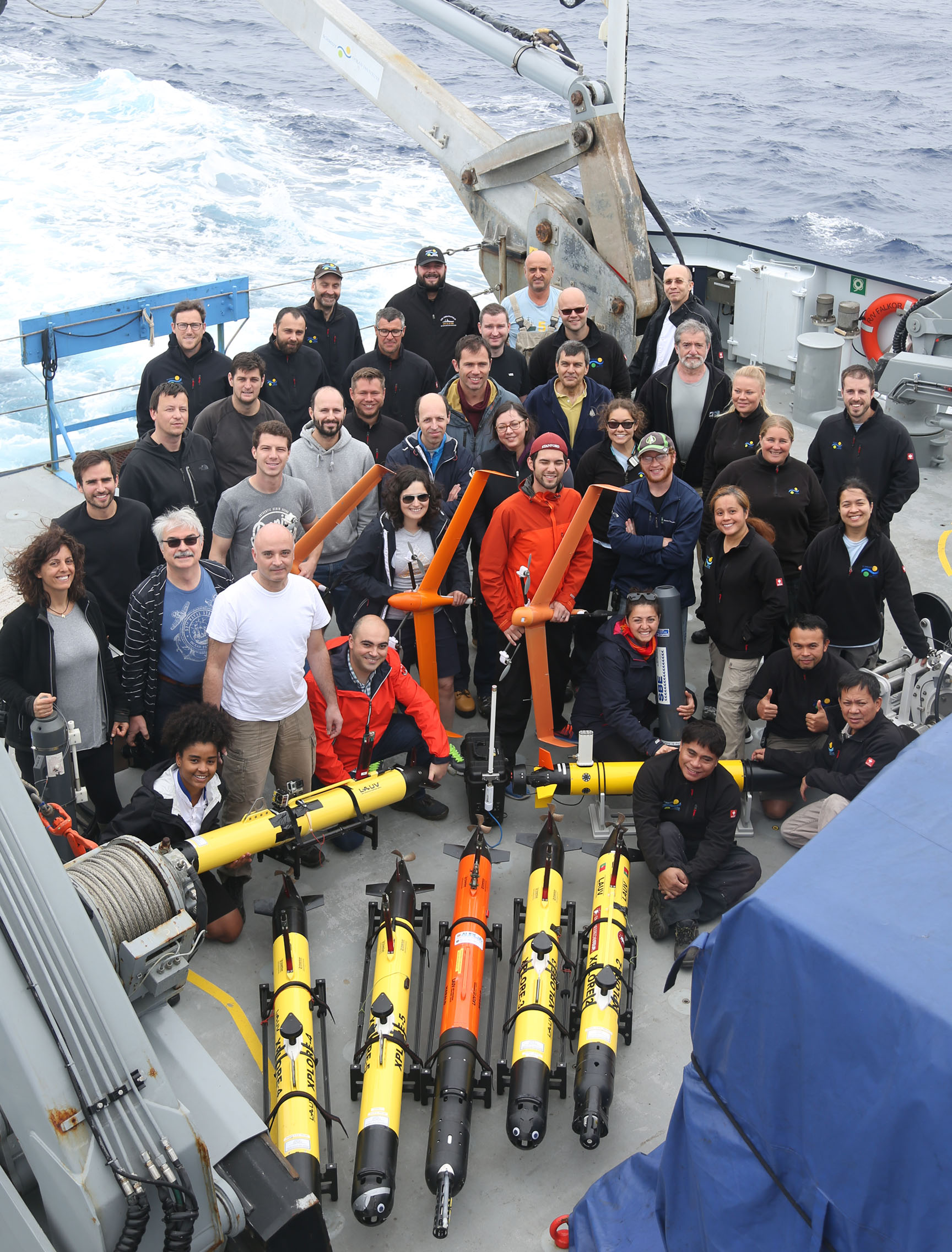“Our work will help important habitats by providing a baseline of the incredible species and ecosystems found in the deeper areas that don’t always attract the attention that they deserve. One of the most important things we can do right now is to understand how these communities work.”
— Wendy Schmidt, SOI Co-founder
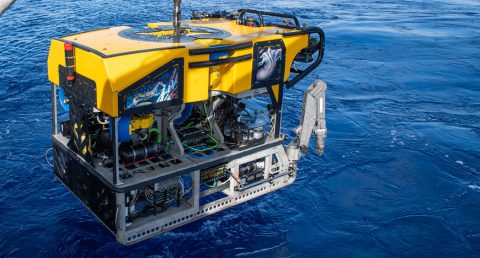
Discoveries and collaboration inspired by SOI expeditions continue to make waves around the world, sparking new questions and invigorating ocean science.
A new shrimp species discovered in 2016 during the Searching for Life in the Mariana Back-Arc was confirmed in 2019 and named in honor of Falkor: Rimicaris falkorae. The May edition of the Journal of Crustacean Biology officially published the discovery. A new sponge species was also confirmed following the 2015 Perth Canyon expedition. A second species of Calyptorete was described over 90 years after the genus was first established due to the pristine sample collected with ROV SuBastian. An earlier expedition on another research vessel used sleds and trawls that previous samples damaged.
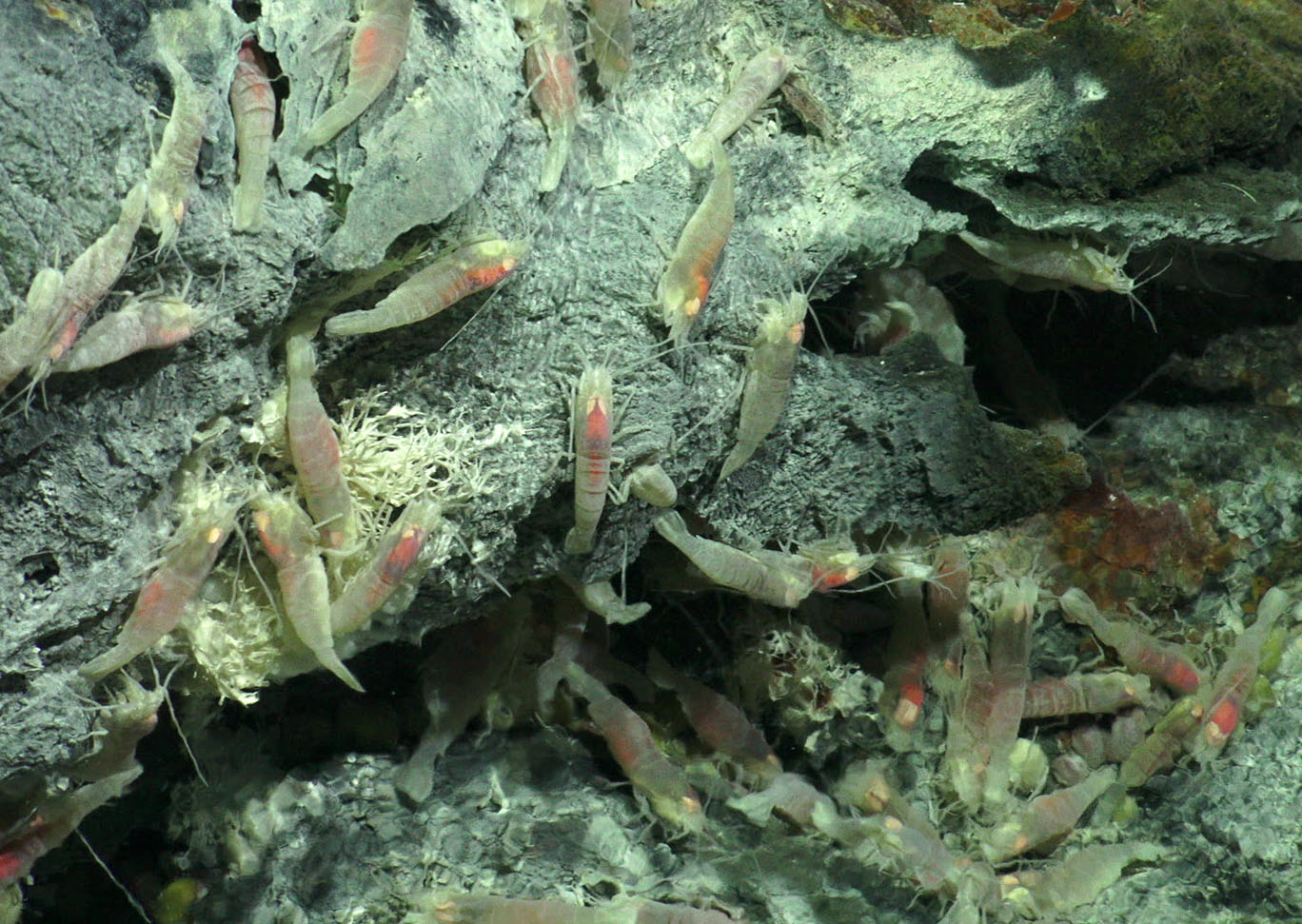
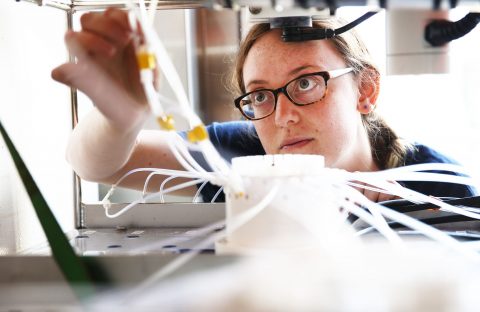
Methods developed on Falkor were implemented around the globe in 2019. The long-range AUVs and software toolchain first used during the 2018 Exploring Fronts with Multiple Robots expedition was successfully applied to study freshwater plumes from coastal rivers in Porto and Setúbal, as well as a study of the Sesimbra Canyon in Portugal. Method development by Dr. Blair Thorton and team on the Adaptive Robotics at Barkley Canyon and Hydrothermal Ridge expedition improved effective data gathering of deep-sea ecosystems. Their method was implemented on data collected during a survey of cold-water corals by the RRS Discovery. Participants presented findings at Scientific Conferences in Germany, Italy, France, Norway, Portugal, Spain, United States, Canada, Russia, China, and Australia.
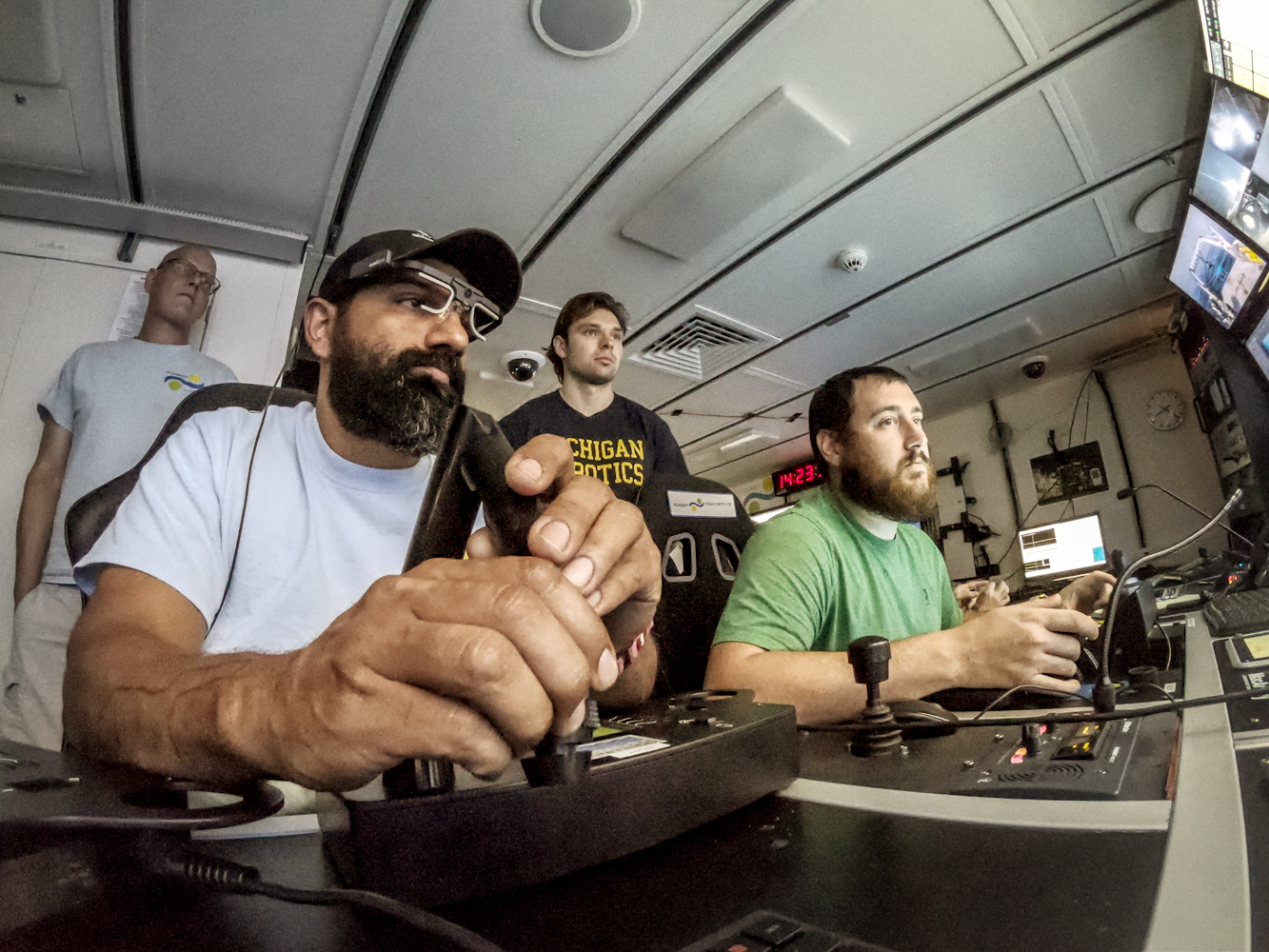
New hypotheses on microbial function within low oxygen environments have evolved from the result of the Solving Microbial Mysteries with Autonomous Technology expedition now being pursued in multiple new proposals. Furthermore, the fieldwork experience during the expedition introduced Student Opportunities participants Elisabeth Boles and Susan Mullen to ocean research, both of whom are now pursuing oceanography in graduate school at Stanford and Berkeley.
Data analysis from the 2015 Tasman sea expedition led to an unprecedented understanding of the Tasman Sea internal tide and a new method for interpreting highly energetic ocean systems. Dr. Amy Waterhouse’s observations identified little decay of the internal tide beam due to mixing and successfully quantified the effect of mesoscale activity on the internal tide beam.
Inspiration has extended far beyond traditional publications, as SOI participants continued to conduct numerous post-cruise outreach programs in schools ranging from elementary to graduate, as well as museums, scholarly presentations, and even important informal public dialogues. Dr. Julie Huber shared her work on deep-sea astrobiology on the Bill Nye podcast. Dr. Joao Borges De Sousa has presented to thirteen groups across Portugal, advocating for multiple coordinated autonomous vehicles based on his successful Exploring Fronts with Multiple Robots expedition. And Dr. Chris German (WHOI) has forged a partnership with the Geophysics Lab at Tahiti where he will return for an NSF-funded cruise based on his in-port work on Falkor.

